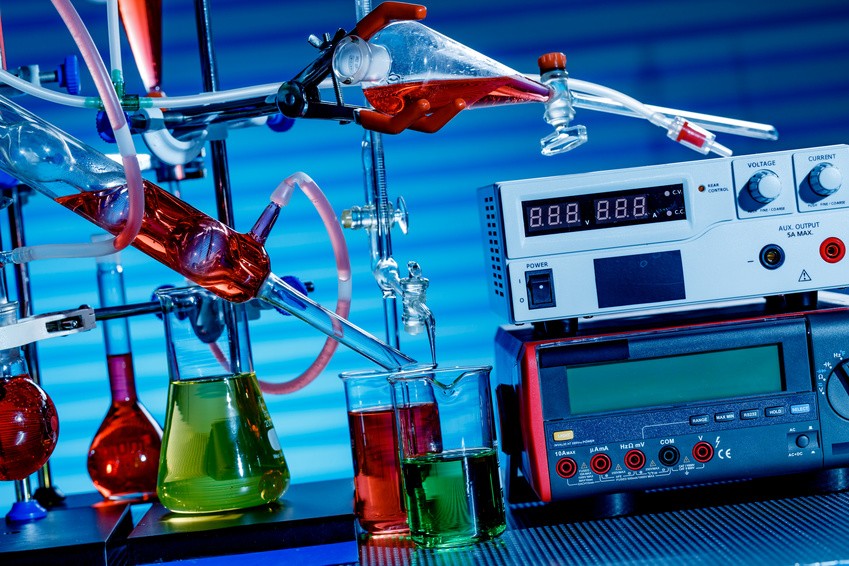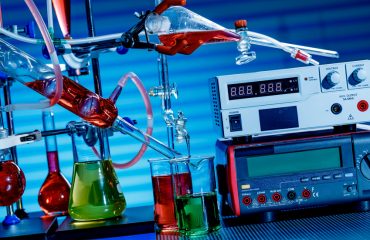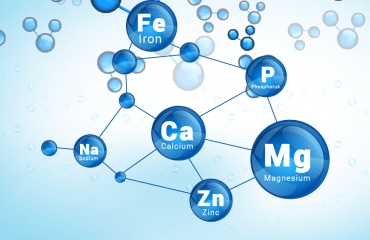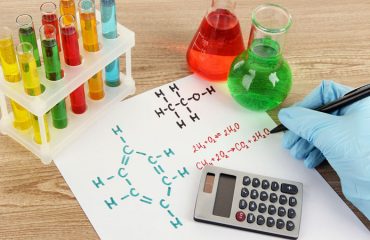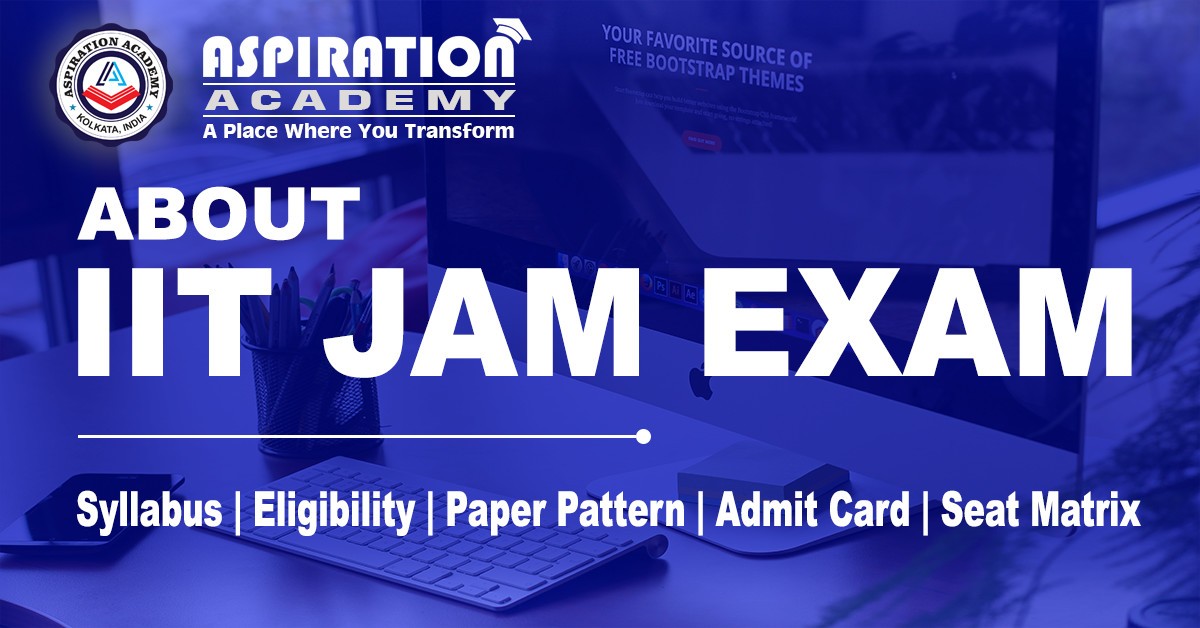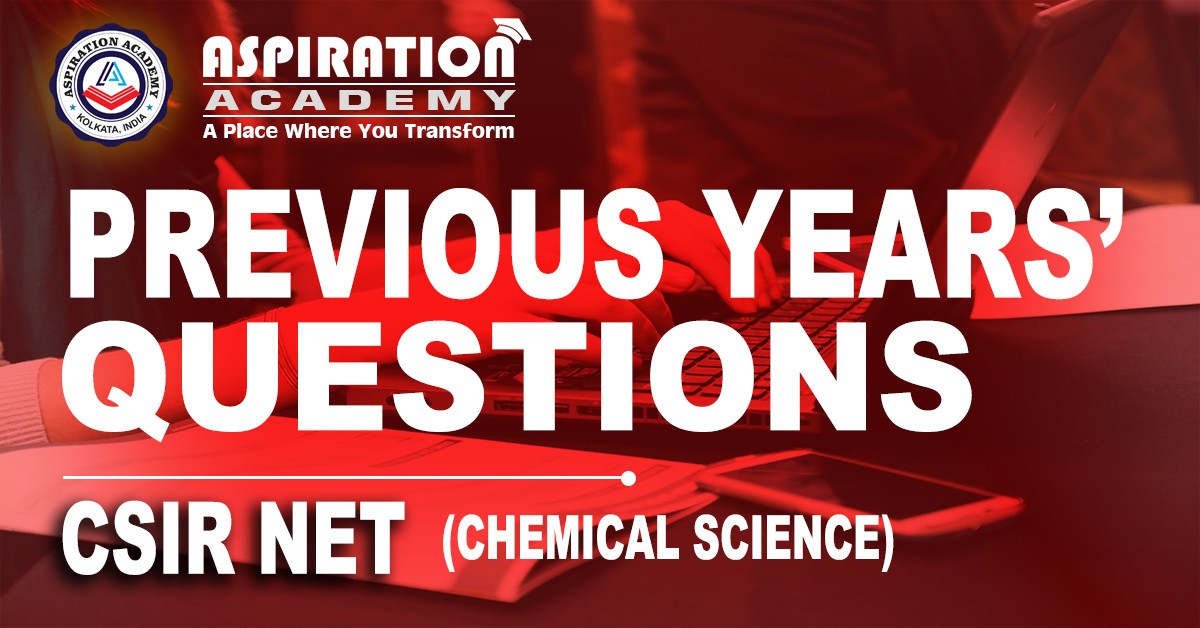SEMESTER_03 (Calcutta University)
Course Syllabus
(Total 22 Lectures & 4 Mock Tests )
Systems of Variable Composition:
Partial molar quantities, dependence of thermodynamic parameters on composition; Gibbs-Duhem equation, chemical potential of ideal mixtures, change in thermodynamic functions in mixing of ideal gases. Activities and activity coefficients. Fugacity and fugacity coefficient.
Applications of Thermodynamics – I
Chemical Equilibrium:
Thermodynamic conditions for equilibrium, degree of advancement; van’t Hoff’s reaction isotherm (deduction from chemical potential); Variation of free energy with degree of advancement; Equilibrium constant and standard Gibbs free energy change; Van’t Hoff’s reaction isobar and isochore from different standard states; Le Chatelier’s principle and its derivation, variation of equilibrium constant under different conditions Nernst’s distribution law; Application- (eg. dimerization of benzene in benzoic acid). Solvent Extraction.
ELECTROCHEMISTRY:
(i) Conductance and transport number
Ion conductance; Conductance and measurement of conductance, cell constant, specific conductance and molar conductance; Variation of specific and equivalent conductance with dilution for strong and weak electrolytes; Kohlrausch’s law of independent migration of ions; Equivalent and molar conductance at infinite dilution and their determination for strong and weak electrolytes; Debye –Huckel theory of Ion atmosphere (qualitative)-asymmetric effect, relaxation effect and electrophoretic effect; Debye-Huckel limiting law-brief qualitative description. Estimation of activity coefficient for electrolytes using Debye-Huckel limiting law. Ostwald’s dilution law; Ionic mobility; Application of conductance measurement (determination of solubility product and ionic product of water); Conductometric titrations.Transport number, Principles of Hittorf’s and Moving-boundary method; Wien effect, Debye-Falkenhagen effect, Walden’s rule
(ii) Ionic equilibrium:
Strong, moderate and weak electrolytes, degree of ionization, factors affecting degree of ionization, ionization constant and ionic product of water. Ionization of weak acids and bases, pH scale, common ion effect; dissociation constants of mono-, di-and triprotic acids (exact treatment).
Salt hydrolysis- calculation of hydrolysis constant, degree of hydrolysis and pH for different salts (exact Treatment).Determination of hydrolysis constant conductometrically. Buffer solutions; derivation of Henderson equation and its applications; buffer capacity, buffer range, buffer action . Qualitative treatment of acid – base titration curves (calculation of pH at various stages). Theory of acid–base indicators; selection of indicators and their limitations. Multistage equilibrium in polyelectrolyte systems; hydrolysis and hydrolysis constants
(iii) Electromotive Force: Rules of oxidation/reduction of ions based on half-cell potentials,; Chemical cells, reversible and irreversible cells with examples; Electromotive force of a cell and its measurement, Thermodynamic derivation of Nernst equation; Standard electrode (reduction) potential and its application to different kinds of half-cells. Application of EMF measurements in determining (i) free energy, enthalpy and entropy of a cell reaction, (ii) equilibrium constants, and (iii) pH values, using hydrogen, quinone-hydroquinone and glass electrodes Concentration cells with and without transference, liquid junction potential; determination of activity coefficients and transference numbers; Potentiometric titrations (acid-base, redox, precipitation)
Reference Books
- Levine, I. N. Physical Chemistry, 6th Edition , McGraw-Hill India
- Castellan, G. W. Physical Chemistry, Narosa
- McQuarrie, D. A. & Simons, J. D. Physical Chemistry: A Molecular Approach, Viva Press
- Kapoor K.L, A Text Book Of Physical Chemistry , McGraw Hill India
- Engel, T. & Reid, P. Physical Chemistry, 3rd Edition ,Pearson India
- Atkins, P. W. & Paula, J. de Atkins’ Physical Chemistry, 10th Edition, Oxford University Press
- Maron, S. & Prutton , Physical Chemistry
- Ball, D. W. Physical Chemistry, Thomson Press
- Mortimer, R. G. Physical Chemistry, 2nd Edition, Elsevier
- Glasstone, S. & Lewis, G.N. Elements of Physical Chemistry
- Rakshit, P.C., Physical Chemistry,Sarat Book House
- Moore, W. J. Physical Chemistry, Orient Longman
- Denbigh, K. The Principles of Chemical Equilibrium ,Cambridge
- Zemansky, M. W. & Dittman, R.H. Heat and Thermodynamics, Tata-McGraw- Hil
- Glasstone, S. An Introduction to Electrochemistry, East-West Press.
- Klotz, I.M., Rosenberg, R. M.Chemical Thermodynamics:Basic Concepts and Methods , 7th Edition, Wiley
Course Features
- Students 380 students
- Max Students500
- Duration24 week
- Skill leveladvanced
- LanguageEnglish
- Re-take courseN/A
-
Thermodynamic Open System
AR Sir's Lectures on Physical Chemistry (Aspiration Academy)
-
Chemical Equilibrium
AR Sir's Lectures on Physical Chemistry (Aspiration Academy)
-
Ionic Equilibrium
AR Sir's Lectures on Physical Chemistry (Aspiration Academy)
-
Conductance (Electrochemistry)
AR Sir's Lectures on Physical Chemistry (Aspiration Academy)
-
Electrochemical Cell
AR Sir's Lectures on Physical Chemistry (Aspiration Academy)
-
Question & Answer Discussion Session
AR Sir's Lectures on Physical Chemistry (Aspiration Academy)
0.00 average based on 0 ratings

